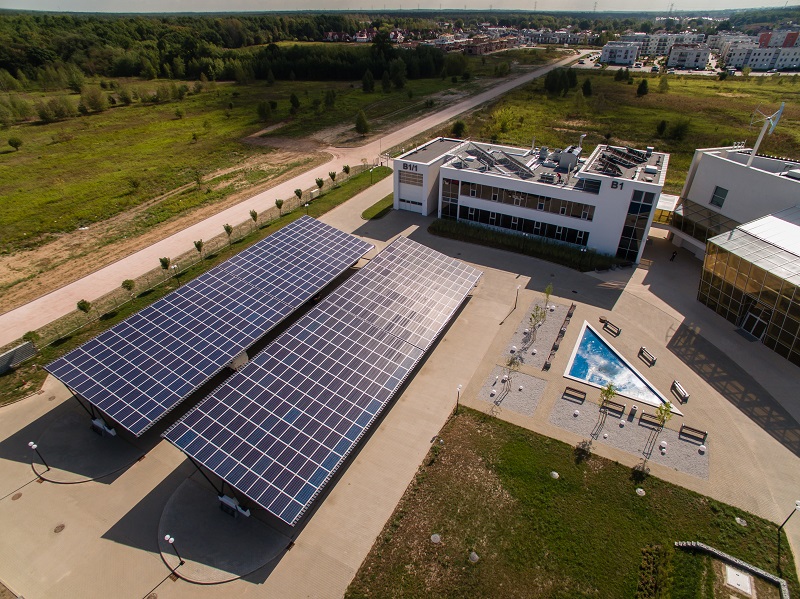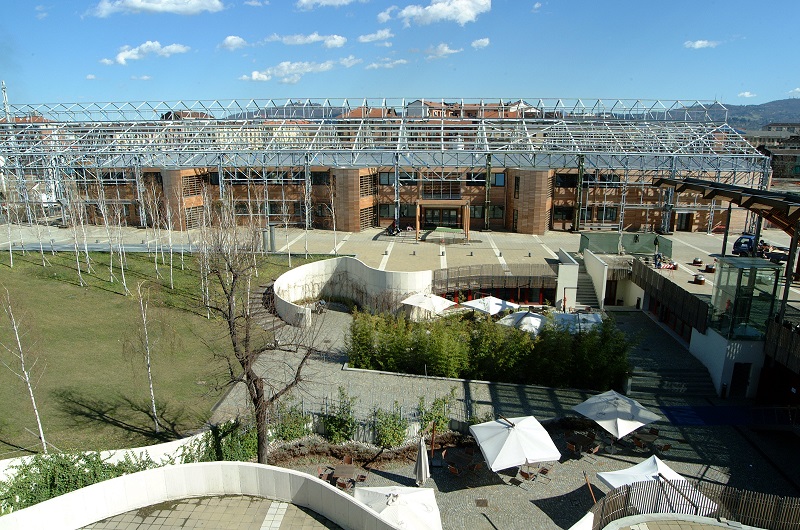Hypergryd
Hybrid Coupled Networks for Thermal-Electric Integrated Smart Energy Districts
Hypergryd’s objective is to develop a set of replicable and scalable-cost effective solutions to allow the integration of renewables-based technologies inside thermal grids and their link with electrical grids, accelerating the sustainable transition towards future 4th and 5th generations of district heating and cooling.

About Hypergryd
Specific objectives and technological applications
Hypergryd project aims at developing a set of replicable and scalable-cost effective technical solutions to allow the integration of Renewables-based technologies with different dispatchability and intrinsic variability inside thermal grids and their link with the electrical grids.
The integration of thermal and electric grids through a set of renewable-based, digitally-operated and user-centred solutions are key to accelerate the sustainable transition towards future 4th and 5th generations of District Heating and Cooling (DHC) and contribute to EU climate goals by 2050.
Project's main objectives
Tools & Methods
HYPERGRYD relies on 4 pillars following a holistic approach to promote integrations of smart grids, energy storage and increased share of renewable energy based on three main concepts: high dispatchability of RES, DHC and power-to-heat y estrategias de control TIC, y producción de SHG que permitirá una ganancia significativa en la proporción de fuentes de energía renovable en la demanda general de los distritos urbanos. These 4 pillars are:- Technologies and ICT tools development
- Validation campaign at TRL5
- User engagement
- Value chain creation and business models
Impact
- Ensure 60% RES penetration in the DH demand for the 4th generation system and 80% of RES penetration for the 5th generation scenario, reducing environmental emissions for H/C sectors.
- Reduce the temperature level at 50o-60 o C en los sistemas urbanos de calefacción y refrigeración de 4ª generación y a 25 o C en los de 5ª generación, minimizando las pérdidas de red y aumentando la integración de la recuperación de calor de los sectores industriales y la producción de electricidad.
- Foster the sustainability of district heating and cooling networks connected to local RES, CHP and energy storage in terms of being adaptive and scalable to energy demand.
- Promote the engagement of users in the energy transition by stimulating the indirect knowledge acquisition by means of innovative ICT solutions and energy storage, which both play key roles in demand side actors moving from consumers to prosumers.
- Increase the primary energy saving respect to current scenario.



CONTACT us
- comet@comet.technology
- (+34) 930 23 91 26